Bunya Nut Powder
$6.00
Shipping Policy
This 35gm packet is shipped free of charge. When purchasing 35gm packet stock only use Coupon Code: shipfree
Return & Refund Policy
Please click here for our Return and Refund Policy
Availability: February 2022
The earliest reported use of the M. alternifolia plant that presumably exploited this property is the traditional use by the Bundjalung Aborigines of northern New South Wales. Crushed leaves of “tea trees” were inhaled to treat coughs and colds, or were sprinkled on wounds after which a poultice was applied (Shemesh & Mayo, 1991). In addition, tea tree leaves were soaked to make an infusion to treat sore throats or skin ailments (Low, 1990; Shemesh & Mayo, 1991). The oral history of Australian Aborigines also tells of healing lakes which were lagoons into which M.alternifolia leaves had fallen and decayed over time (Altman, 1988).
Additional Information
| Weight | 0.035 kg |
|---|---|
| Dimensions | 0.15 × 0.2 × 0.9 cm |
| Bunya Nut Powders | Bunya Nut Powder 1kg, Bunya Nut Powder 200gms, Bunya Nut Powder 35gms |
You must be logged in to post a review.
This sweet, mellow, nut with a taste like chestnuts or almonds is only usually available for a short time each year. As a powder, we are now able to offer this flavor all year round. This gluten free powder lends itself to an endless uses. Milk shakes, pancakes, biscuits, breads and cakes, or used in pasta sauce, casseroles, soups and stir-fries. It can be used on its own or mixed as a flour or thickener.
So good is its taste, it has drawn hundreds of people for thousands of years to a feast. In what was probably Australia’s largest indigenous event, diverse tribes – up to thousands of people – once travelled great distances (from as far as Charleville, Dubbo, Bundaberg and Grafton) to these gatherings. They stayed for months, to celebrate and feast on the bunya nut. The bunya nut gatherings were an armistice accompanied by much trade exchange, and discussions and negotiations over marriage and regional issues. Due to the sacred status of the bunya nuts, some tribes would not camp amongst these trees. Also in some regions, the tree was never to be cut. Indigenous groups such as the Wakawaka, Githabul, Kabi Kabi, Jarowair, Goreng goreng, Butchulla, Quandamooka, Baruŋgam , Yiman and Wulili have continued cultural and spiritual connections to the Bunya Mountains to this day.
For further information please go to the SDS (Safety Data Sheet)

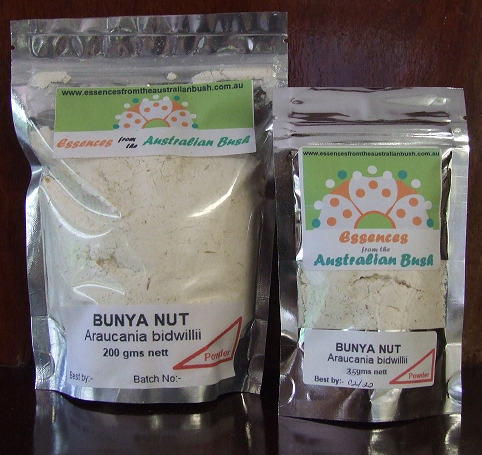
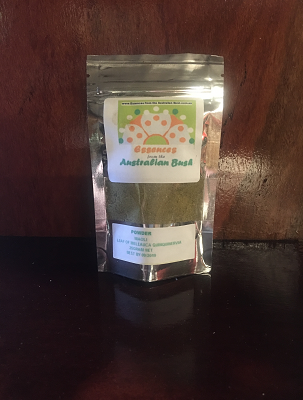
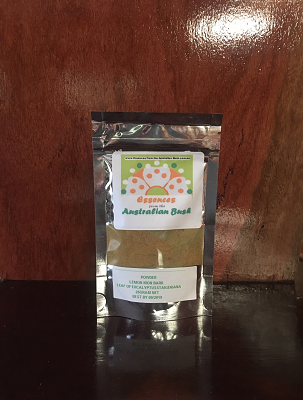
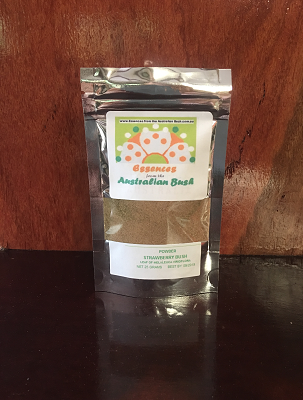
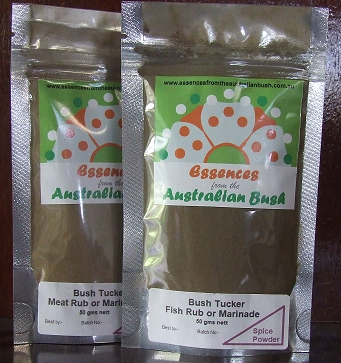
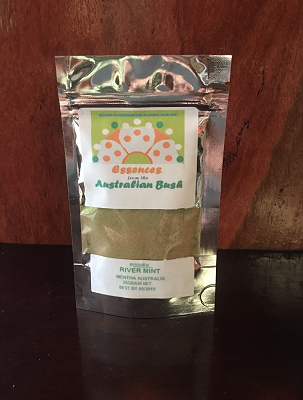
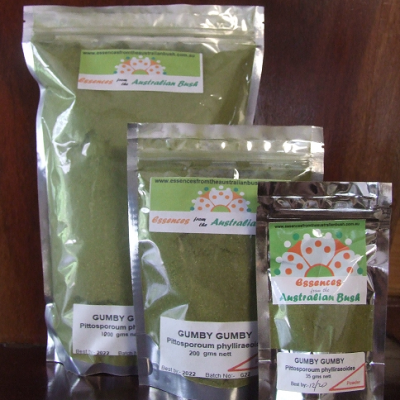
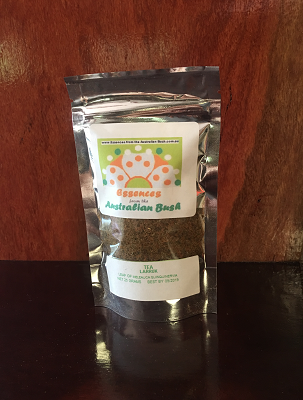
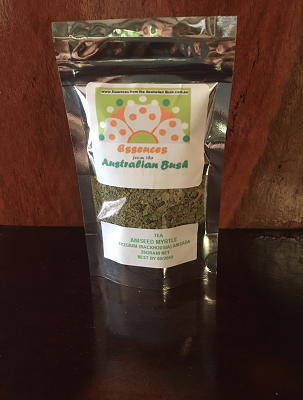
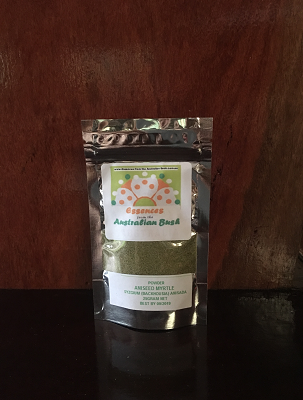
Reviews
There are no reviews yet.